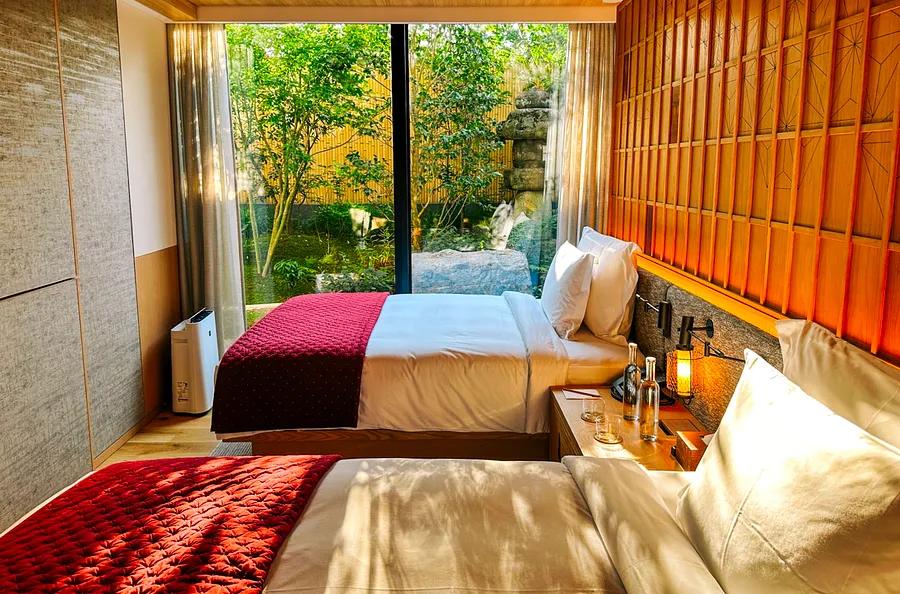The photographer capturing Australia’s forgotten places

Brett Patman never originally intended to pursue photography.
He began his career as a tradesman, working in factories, power stations, and other industrial sites across Australia. However, photography was always his passion on the side.
"I bought my first camera in 2011, but I had no idea where to start," Patman recalls. "I began by snapping photos of city skylines and typical tourist shots, the kind of images that are everywhere. But I kept thinking, 'What could be more unique than this?'"
The answer, it turns out, was right in front of him all along.
Patman started documenting his visits to industrial sites, but it was the abandoned Bradmill Denim factory in Yarraville, Melbourne, that truly caught his attention.
He entered through an open section of the fence and began taking photos. What he didn't realize at the time was that this moment would change the course of his life.
Since 2011, Patman has been traveling across Australia, photographing abandoned places – not just factories, but hotels, wool sheds, former homeless camps, and more. Photography is now his full-time profession.
Journeys into the Past
After committing to photography and upgrading his gear, Patman started sharing his images on Facebook. Followers often reminisced about the locations he featured and shared the photos, which helped him gain more fans.
After Patman shared his photos of the abandoned Wangi Power Station in New South Wales, a trickle of comments quickly turned into a flood.
"There was a flood of responses from workers, their families, and even former colleagues. People were saying, 'I used to work in that room, or in that workshop. Do you remember Bob who ran the store? He was a tough one to deal with,'" Patman recalls.

However, not all the memories tied to these places were positive.
One of Patman's most controversial photo sessions was at Callan Park Hospital for the Insane, a former mental institution near Sydney. A government inquiry revealed a widespread culture of abuse at the facility.
During one of Patman’s exhibitions, a woman in the audience shared that her brother had suffered physical abuse at the hospital, and questioned the ethics of capturing artistic images of a place where so much harm had occurred.
While Patman acknowledges the dark history of Callan Park, he believes it is crucial to document the negative aspects of history just as much as the positive.
"I think it’s important to preserve history," he explains. "If it encourages others who were affected by it to speak out, then that, to me, makes it worthwhile."
To explore more of Patman’s work, visit his photography project website: Lost Collective.
Evaluation :
5/5



